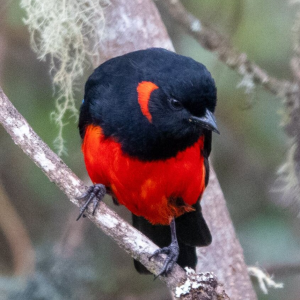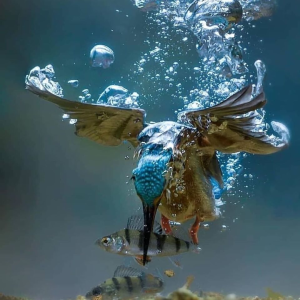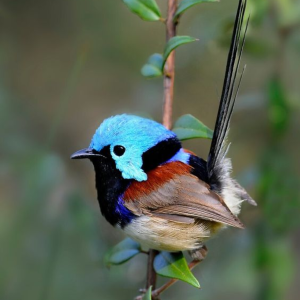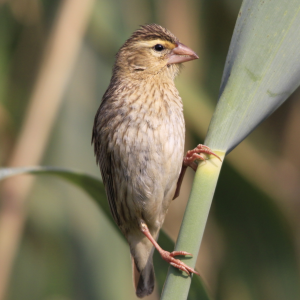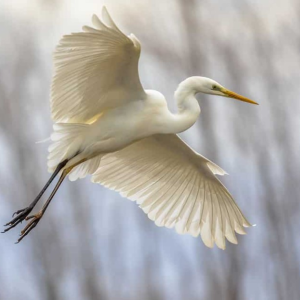
Art takes many forms, and for British artist Justin Bateman, the canvas is nature itself. Unlike traditional mediums, Justin’s masterpieces are crafted from the raw elements of the Earth – rocks, stones, and pebbles. In a world where permanence is often celebrated, Justin finds beauty in the fleeting and the unmovable, creating what he fondly refers to as ‘land art.’

His temporary mosaics breathe life into the natural landscape, portraying everything from people’s portraits to animals, famous paintings, and statues. The artist’s unique approach transforms mundane natural materials into intricate works of art, blurring the lines between the man-made and the untouched beauty of the environment.


The genesis of Justin’s artistic journey took place on the shores of Portsmouth, UK, where an old workshop became the birthplace of his innovative concept. Originally a project initiated with his students as an art lecturer, Justin and a friend took the reins themselves, experimenting with the fusion of nature and art. However, Justin’s time in England was limited, and soon he found himself back in Bali, Indonesia.

Much like the vibrant sand mandalas meticulously constructed and then ceremoniously dismantled by Tibetan Buddhist monks, Justin Bateman’s art is ephemeral. His stone mosaics, crafted meticulously from pebbles, exist only for the brief moments of their creation before nature reclaims them. Whether scattered back to their original location or eroded by the whims of weather, each piece is destined to return to the Earth from which it came.

In an era where permanence is often pursued, Justin’s embrace of impermanence adds a layer of depth to his work. The transience of his art serves as a poignant reminder of the cyclical nature of life and the interconnectedness of art and the environment. Justin Bateman’s ‘land art’ not only captivates the eyes but also encourages contemplation on the impermanence that defines the world around us.






